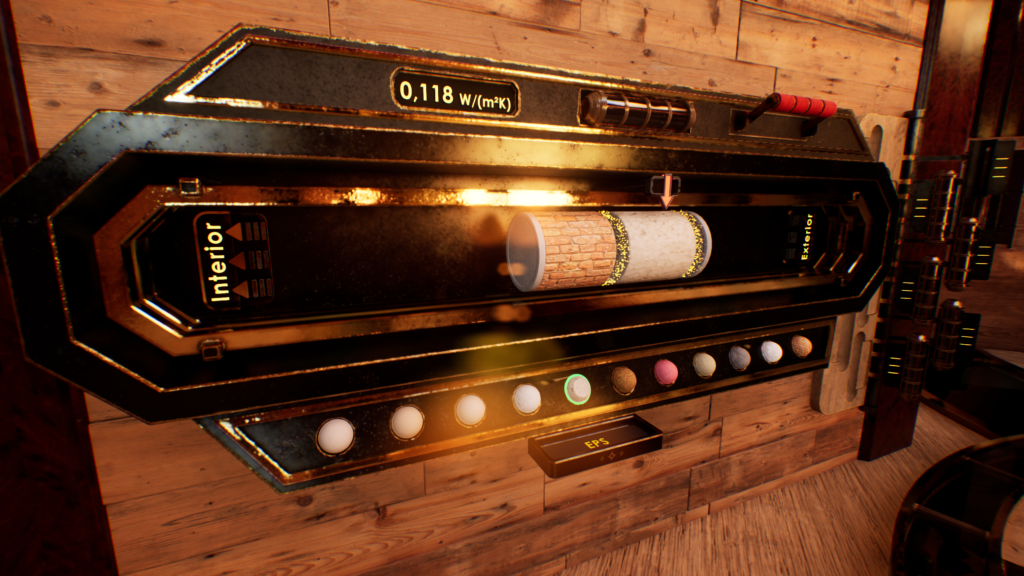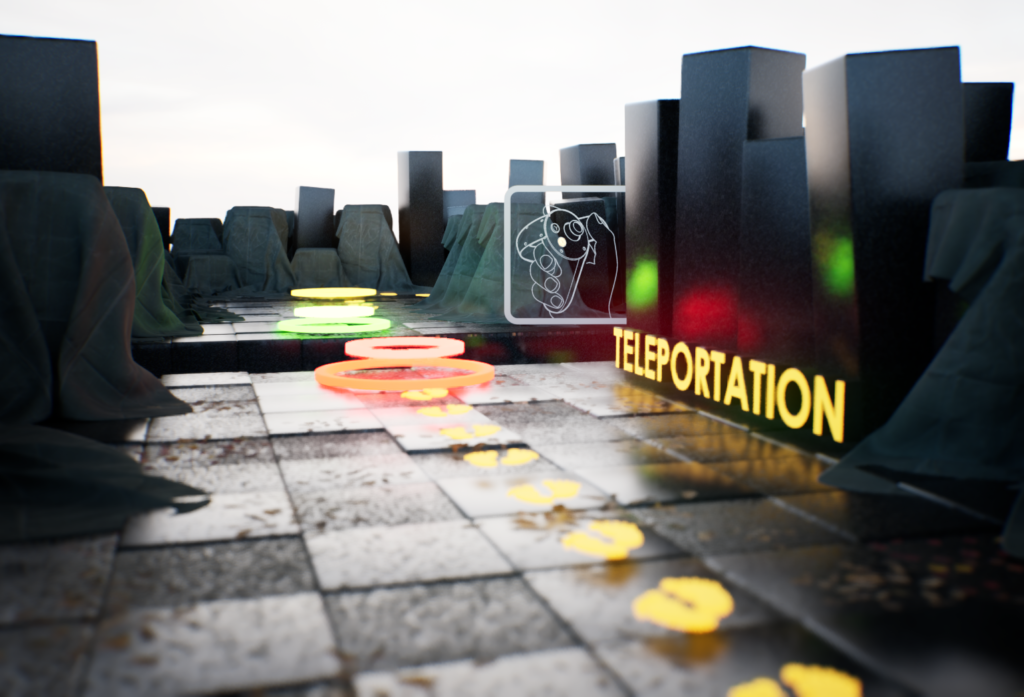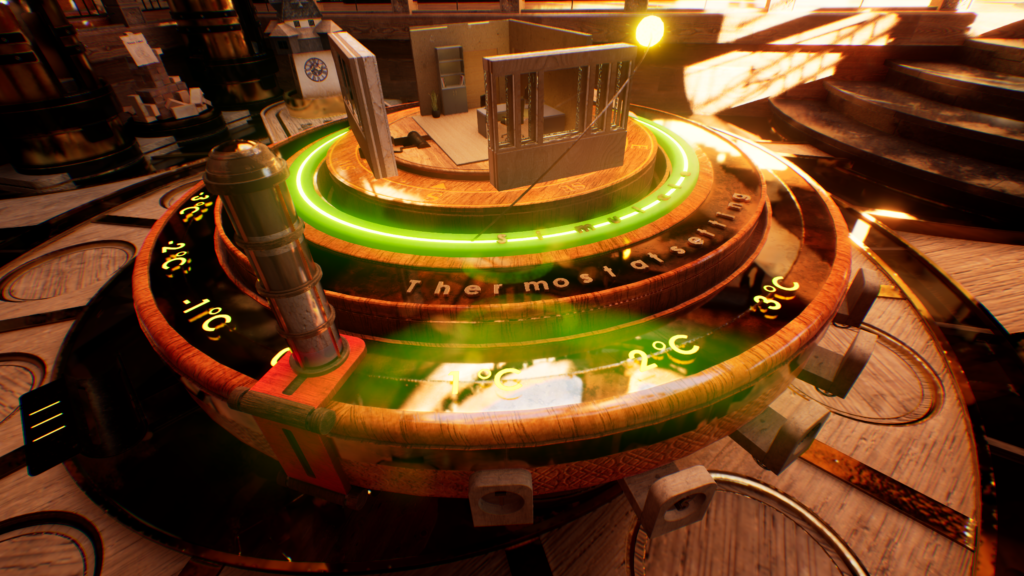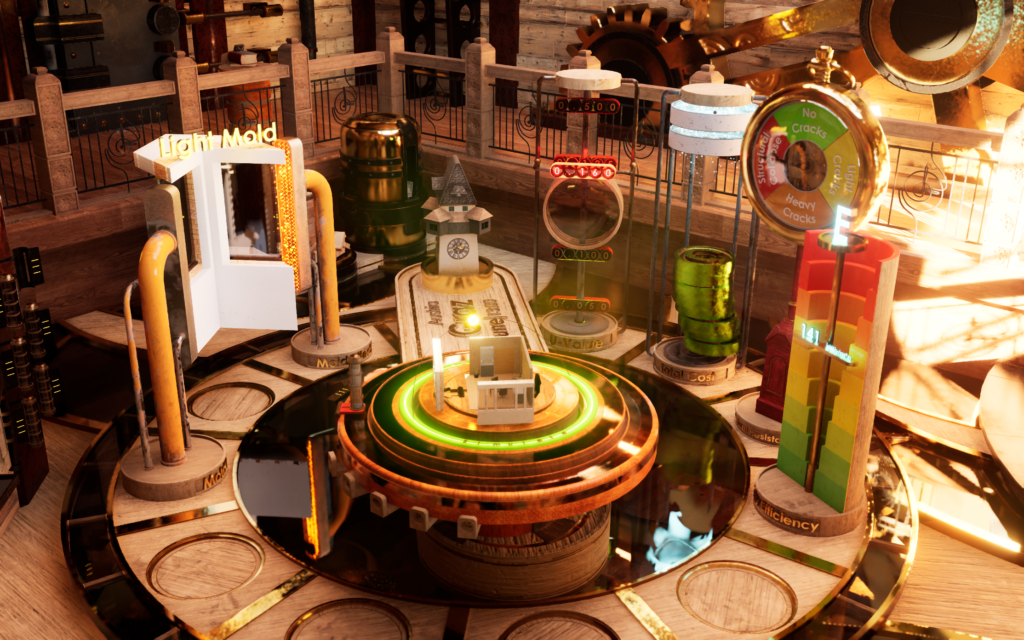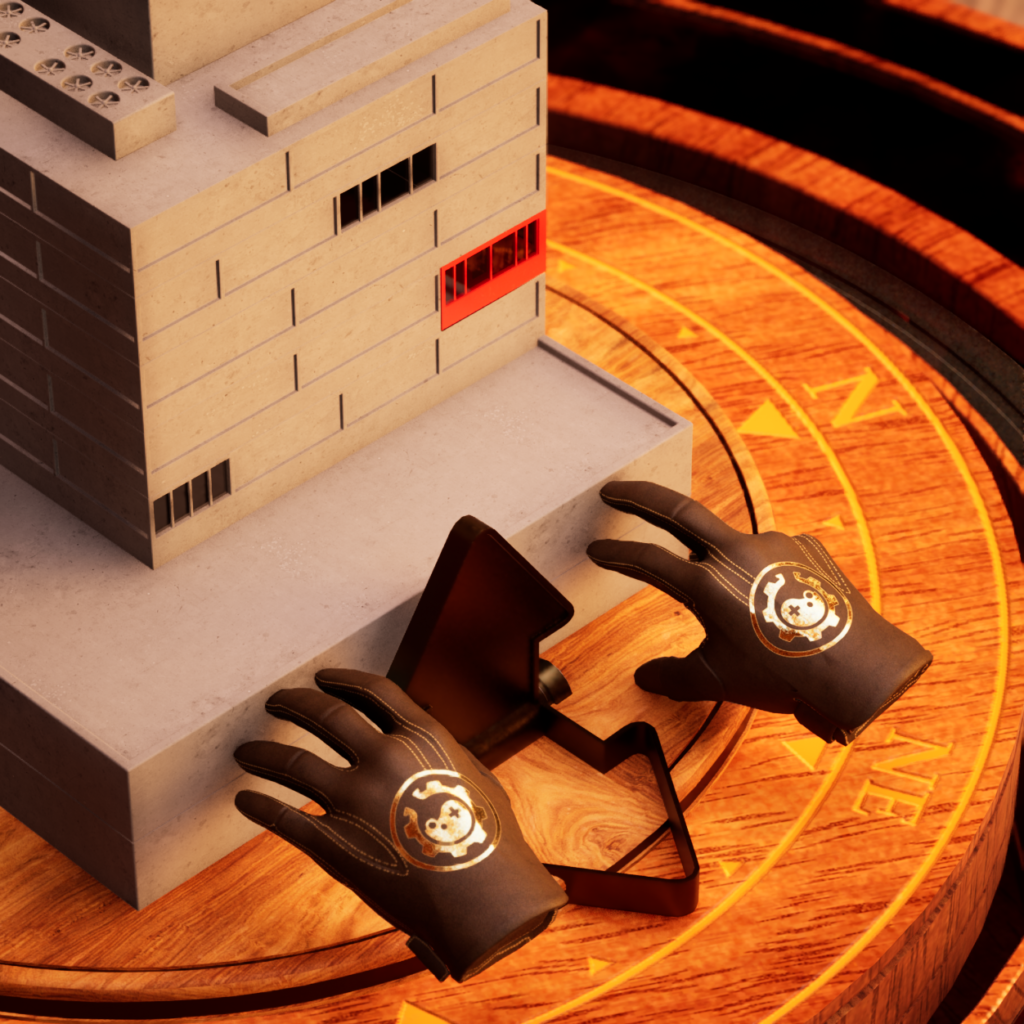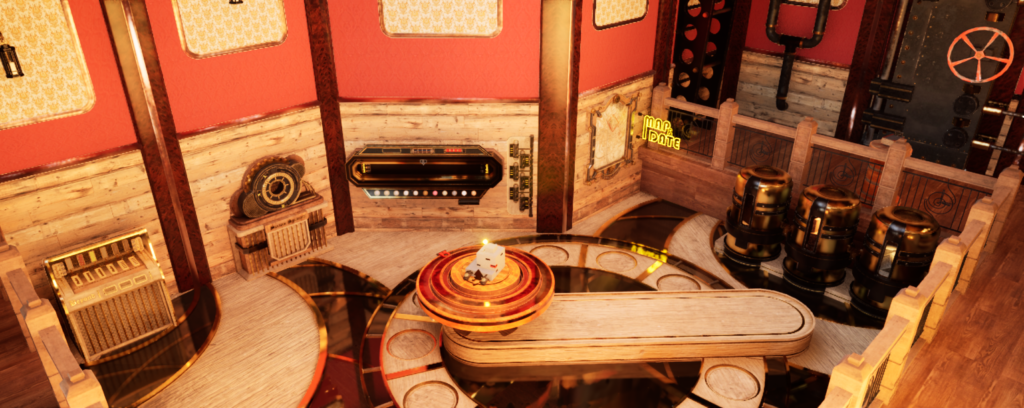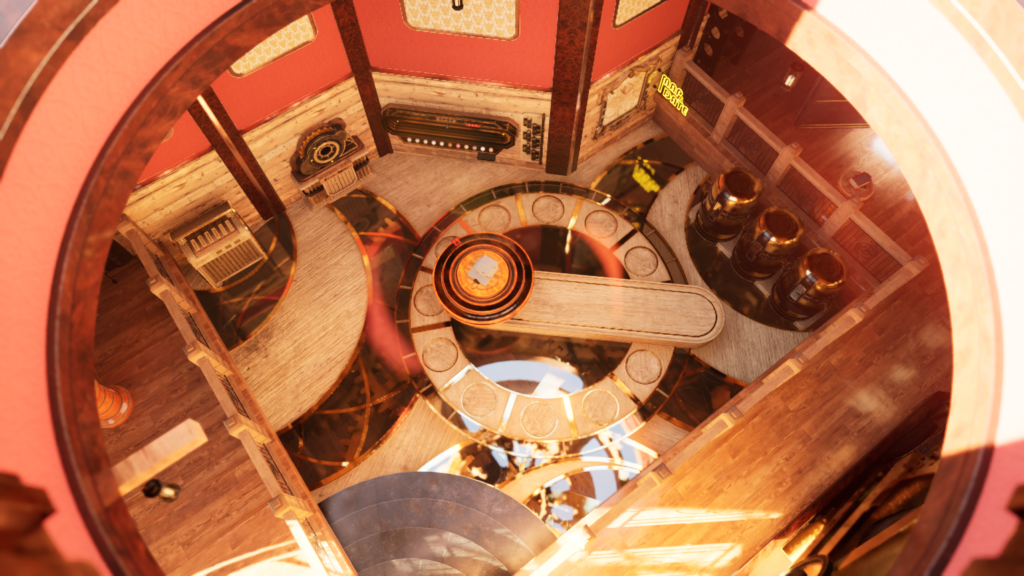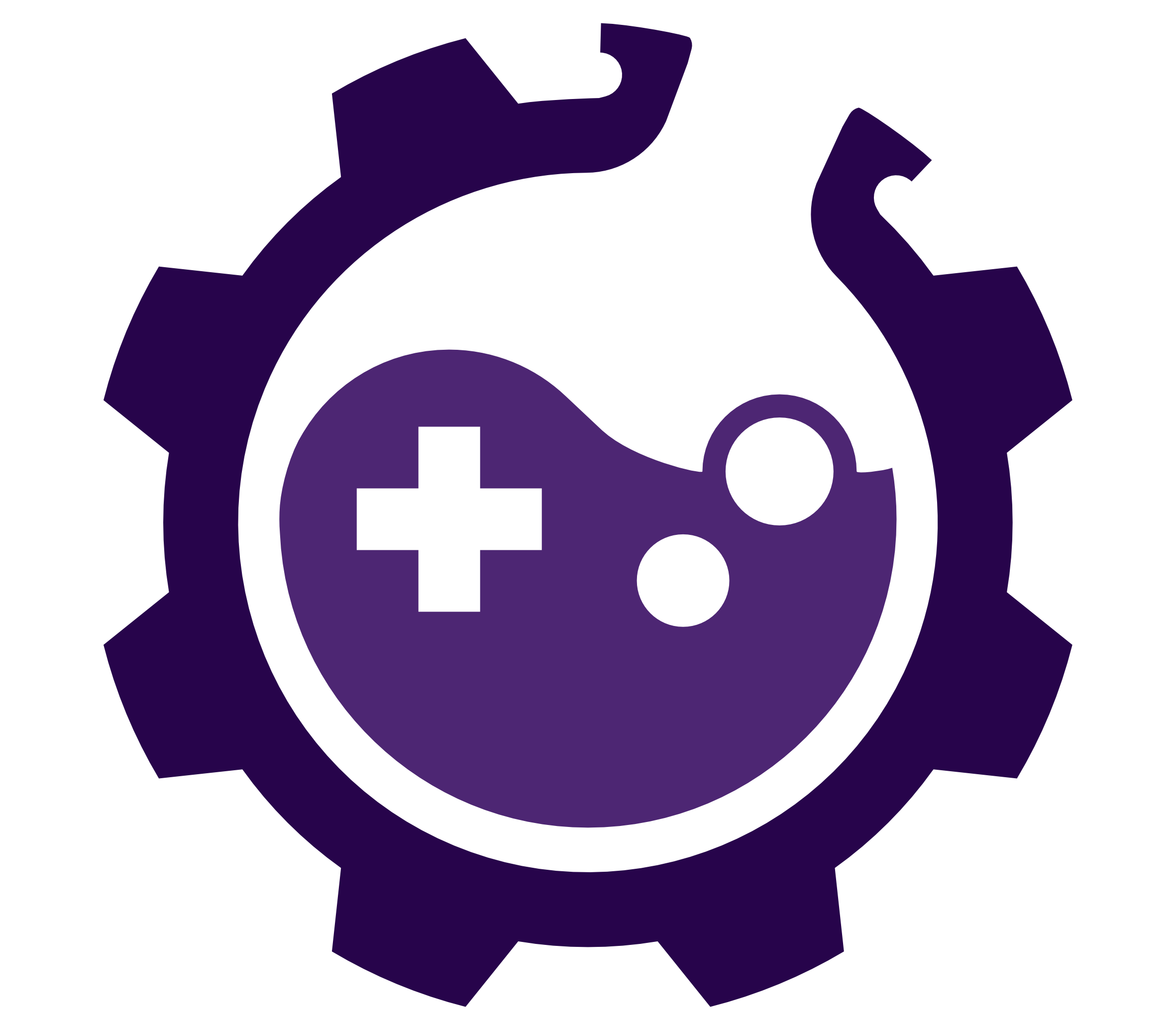Project Beyond – An Immersive Escape Room Game in VR To Learn Building Energy Simulation Concepts
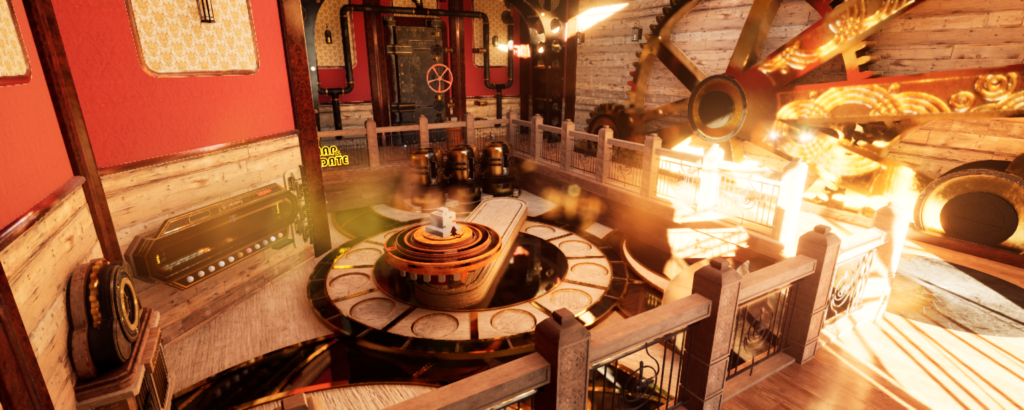
Project Beyond is a gamified learning experience that visualizes building energy simulation results in an interactive and immersive VR environment. In this post, we want to share some insights about the game design and technical challenges of the project. These parts were led by Saeed Safikhani and Georg Arbesser-Rastburg – the authors of this post. In this project we designed an escape room game in VR where players are required to solve educational challenges and puzzles to win the game. Now more than ever, planning and constructing buildings while keeping their energy efficiency across their lifetime in mind is very important. Different insulation materials or wall types and varying the cooling or heating set points can greatly affect a building’s energy consumption. Visualizing the effects of these decisions on a building’s performance can help players to improve their understanding of these phenomena. With our game, we want to support civil engineering students during their lectures.
In this game players find themselves in a dark hallway leading them towards light on top of a set of stairs. By entering the light, the gameplay begins as the players are trapped in a room and they need to solve the puzzles to unlock the door. The puzzles in this game are designed based on the challenges that students might encounter during their lectures of building energy simulation, such as:
- Finding correct building orientation
- Making wall structures with different materials: timber, concrete, masonry
- Improving a building’s performance by modifying wall sections and parameters that influence energy consumption
We designed a dedicated quest system to lead players through the gameplay and support them with several hints. These hints can be categorized in three types: visual (papers), verbal (audio), and environmental (light and haptic). As a VR environment can be confusing and users might lose or forget the hints, we designed a system that is responsible for hint repetition. This system consists of two main parts: a hint projector (for visual hints) and a tape-recorder (for audio hints). Players can interact with these two devices during the gameplay to repeat or switch between gathered hints. These hints are used to guide players throughout the game by explaining different interactions, while also describing important concepts related to the educational content.
We used Unreal Engine 5 as a game engine to provide realistic rendering experience within VR environment. In this way, we can easily simulate real-time global illumination (Lumen), highly detailed geometry (Nanite), and high-quality texturing solution (virtual texture streaming). For the VR implementation, we used OpenXR API that supports different VR systems without any further modifications in the implementation.
We used project beyond to investigate the user experience in this immersive VR experience. You can find the results of this study in the following link: arxiv.org/pdf/2407.02981
We will extend this study by comparing the influence of user’s prior experience on engagement, user experience, and general workload.
Project Beyond was funded by the Austrian Research Promotion Agency (FFG) as part of the program “City of the Future” (project number FO999887002). The VR experience development was a collaborative effort of people with different expertise. Hannah Lederer supported the environmental design and concept art, while Simone Petrosino and Can Kozan worked on gameplay logic development. In addition to the technical gameplay implementation, we collaborated with other groups to make this game possible.
The Institute for Building Physics, Services and Construction was responsible for the educational content and building energy simulations, the Institute of Software Technology developed machine learning models that were used as a surrogate for the building energy simulations in the game, and DiLT Analytics deployed an API for running the simulations in the game. Furthermore, DiLT Analytics also worked on IoT data integration for other aspects of the project, while EAM systems installed sensors for data acquisition. We want to thank all our partners for the great collaboration and their valuable input throughout the project.
